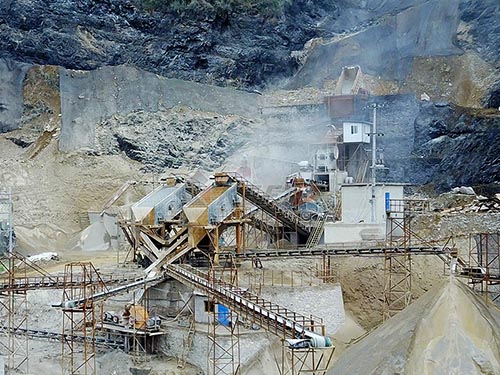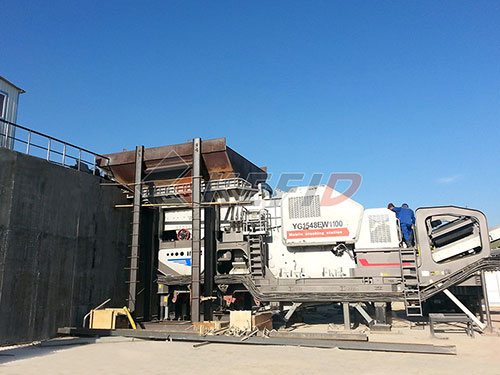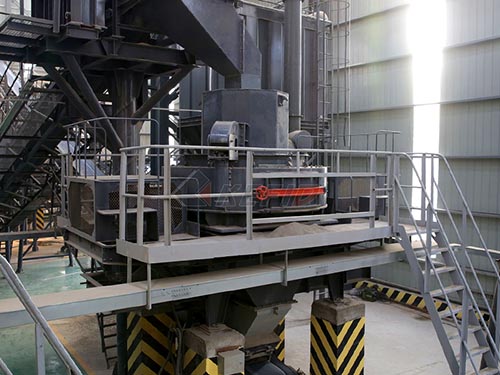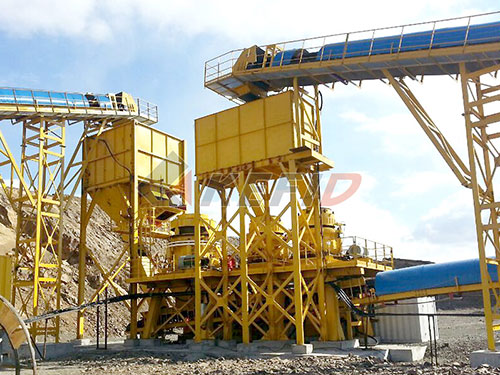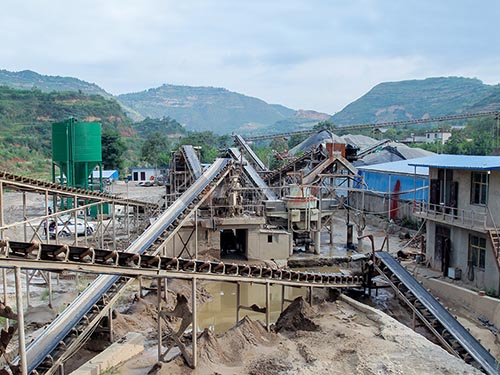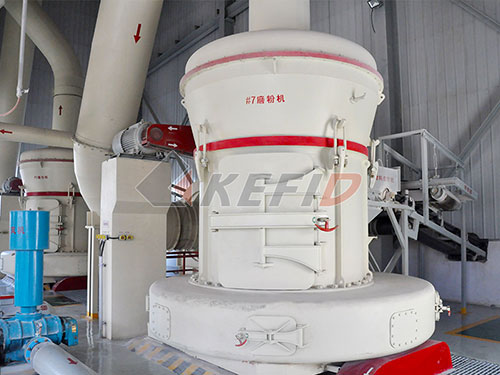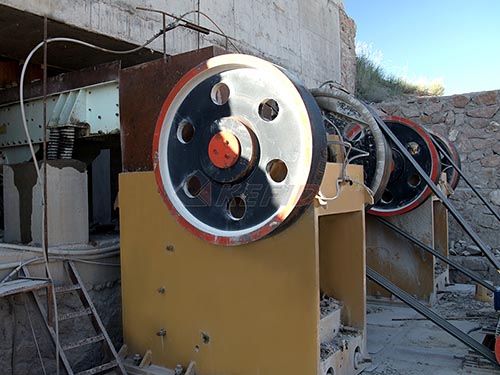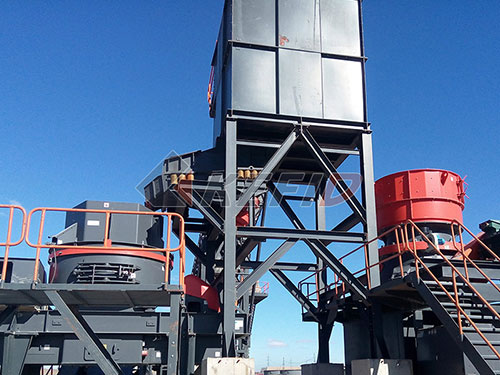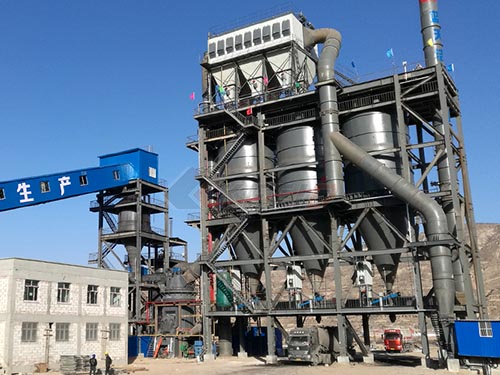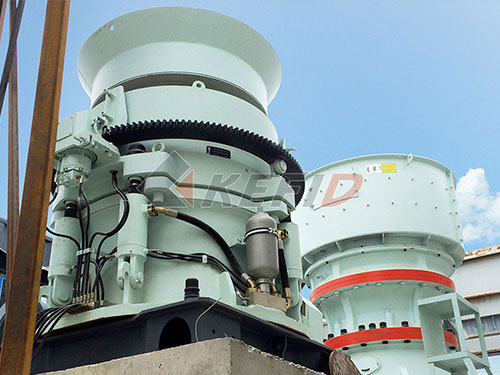Demystifying Granite Crushing Equipment Total Cost in Malaysia: A Comprehensive Investment Analysis
Malaysia’s robust construction sector and significant infrastructure development projects consistently drive demand for high-quality aggregates, with granite being a primary source due to its abundance and desirable properties like strength and durability. Establishing or upgrading a granite crushing operation is a major capital expenditure decision. Understanding the Total Cost of Ownership (TCO) for crushing equipment is paramount for Malaysian quarry operators and contractors seeking profitability and long-term viability. This analysis delves beyond the initial purchase price to uncover the multifaceted components shaping the true cost of crushing granite in the Malaysian context.
1. The Malaysian Granite Crushing Landscape
Malaysia possesses substantial granite reserves, particularly in states like Johor, Perak, Negeri Sembilan, Sarawak, and Sabah. Quarrying activities range from large-scale operations supplying national infrastructure projects to smaller quarries serving local construction needs.
Market Drivers: Government initiatives like transport network expansions (e.g., MRT, LRT extensions), housing developments (affordable housing schemes), commercial real estate growth, and industrial zone development fuel aggregate demand.

Regulatory Environment: Compliance with regulations set by bodies like the Department of Minerals and Geoscience Malaysia (JMG) regarding licensing, environmental impact assessments (EIA), blasting permits, safety standards (DOSH), noise control, dust suppression, water management, and site rehabilitation significantly impacts operational costs.
Geographical Factors: Terrain accessibility (hilly vs flat land), distance from markets affecting logistics costs, proximity to power sources/grid stability issues in remote areas (e.g., parts of East Malaysia), and high ambient temperatures/humidity accelerating wear are critical considerations.
2. Deconstructing Granite Crushing Equipment Total Cost of Ownership (TCO)
The TCO encompasses all expenses incurred throughout the equipment’s lifecycle – acquisition through disposal:
A. Capital Expenditure (CAPEX): The Initial Outlay
Equipment Purchase Price: This is the most visible cost but only one piece of the puzzle.
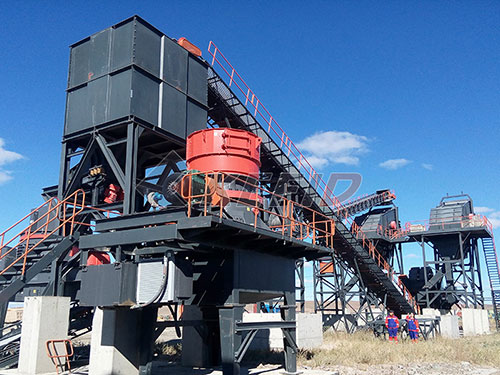
Machine Type & Capacity: Primary crushers (Jaw Crushers – popular for initial size reduction due to robustness; Gyratory Crushers – higher capacity but larger footprint/cost). Secondary/Tertiary Crushers (Cone Crushers – essential for producing cubical aggregates; Impact Crushers – good for softer rock or specific shapes; Vertical Shaft Impactors – VSI – excellent sand production/cubicity).


